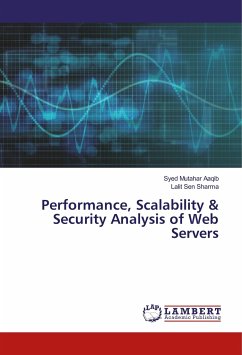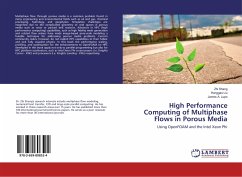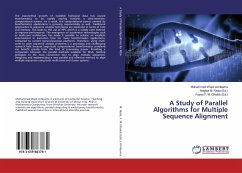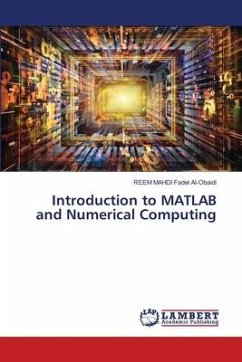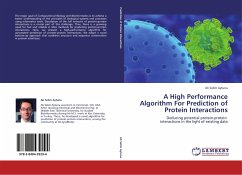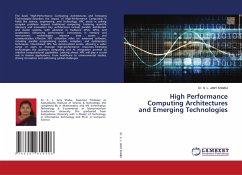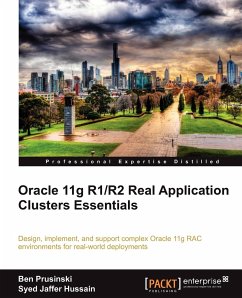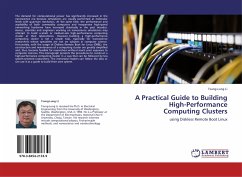
A Practical Guide to Building High-Performance Computing Clusters
using Diskless Remote Boot Linux
Versandkostenfrei!
Versandfertig in 6-10 Tagen
32,99 €
inkl. MwSt.

PAYBACK Punkte
16 °P sammeln!
The demand for computational power has significantly increased in the nanoscience era because simulations are usually performed at molecular levels with quantum mechanics. At the same time, the performance and availability of both commodity computers and inexpensive high-speed networking hardware have increased drastically in the past decades. Hence, scientists and engineers working on nanoscience simulations may attempt to build a small- or medium-size high-performance computing cluster at their laboratories. However, building a high-performance computing cluster is not a simple task, especia...
The demand for computational power has significantly increased in the nanoscience era because simulations are usually performed at molecular levels with quantum mechanics. At the same time, the performance and availability of both commodity computers and inexpensive high-speed networking hardware have increased drastically in the past decades. Hence, scientists and engineers working on nanoscience simulations may attempt to build a small- or medium-size high-performance computing cluster at their laboratories. However, building a high-performance computing cluster is not a simple task, especially for nanoscience researchers whose specialties are not on subjects in computer science. Fortunately, with the usage of Diskless Remote Boot for Linux (DRBL), the construction and maintenance of a computing cluster are greatly simplified and, thus, become feasible for researchers without much prior exposure to computer sciences. This monograph presents the procedures to construct a high-performance computing cluster in a waythat can be followed by less system-oriented researchers. The interested readers can follow the idea or can use it as a guide to build their own system.



